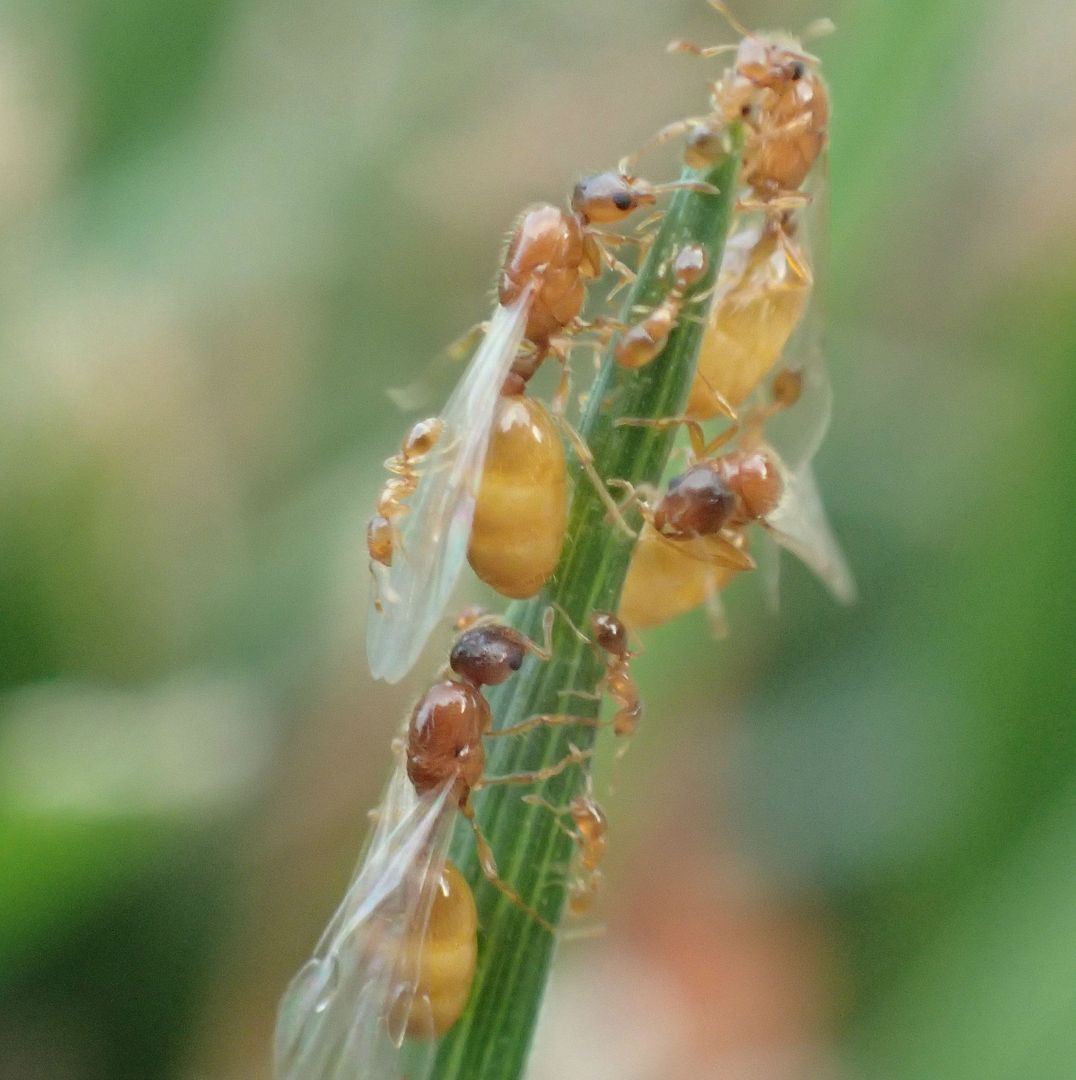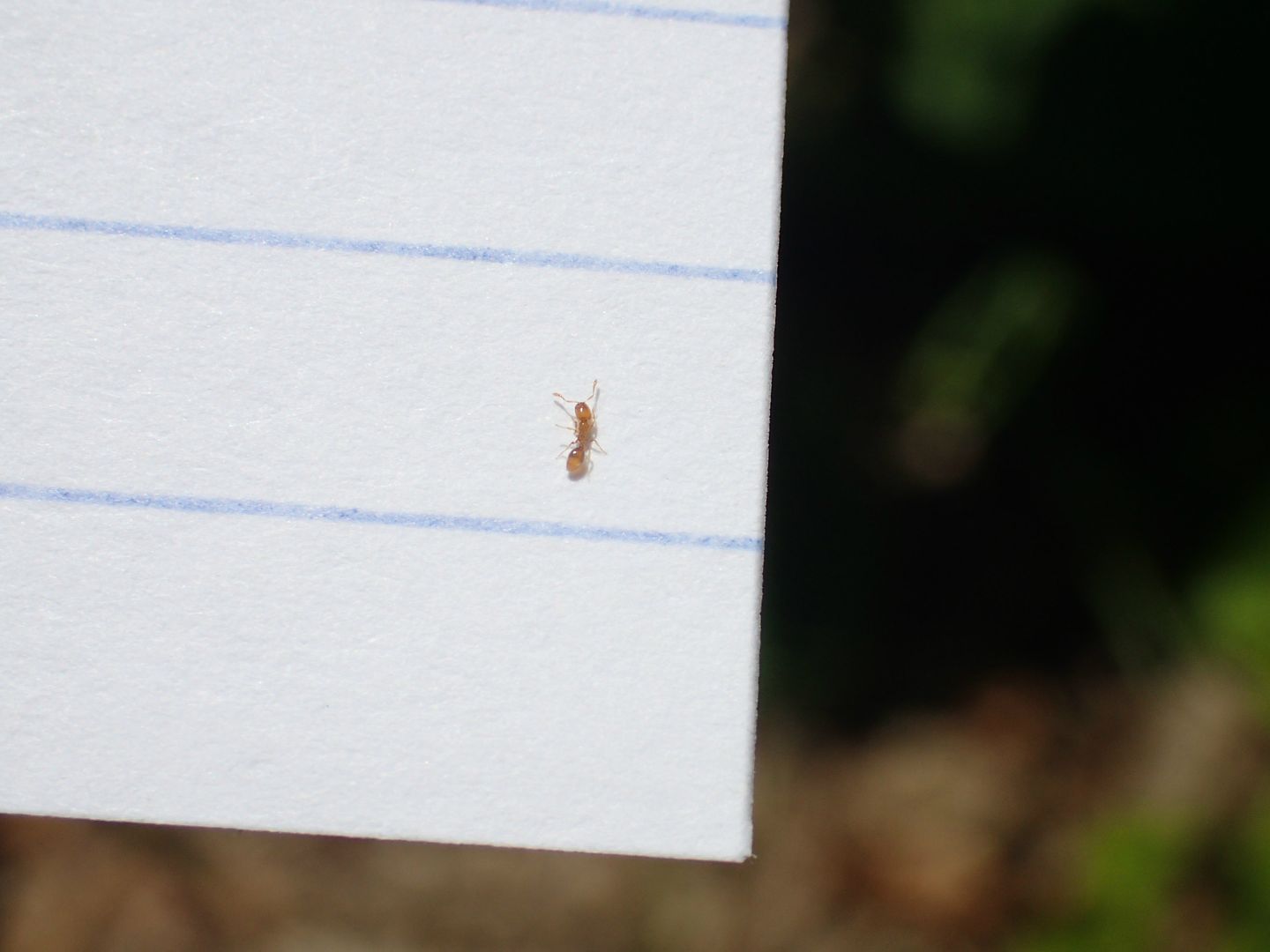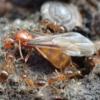Solenopsis molesta is very easy to keep in captivity. Despite their name being thief ants they're in no way parasitic or require a host colony to steal from. They're excellent little scavengers that just happen to specialize on soft bodied arthropods. Meaning those little white or clear bodied critters you see munching on leaf litter and dead wood. They also go after root aphids and unattended ant brood.

Queens fly over the summer in North America. The second week of June would be ~around the earliest that they fly. July might be more common though. They do this in the afternoon hours around 4:00pm until sundown. Queens are extremely fragile so be very careful when handling them. I lick my finger and give them a quick dab without crushing them and then get them in a tube. It's really easy to crush them in your fingers or give them internal injuries with other methods. A friend tried sucking them up with a pooter/aspirator and it ripped off all of their gasters.

Avoid the ones with black gasters. There's a type of parasitic fungus common with this species and queens that have been infected with this are infertile no matter how much they try and mate.
Colonies are Polygynous both before and after founding but weak queens might be weeded out. If you chance upon a flight it's entirely possible to find 50 queens just walking around on the pavement and street. Don't start them in groups bigger than 4. While gatherings of 50+ queens do happen in nature I've never had success starting that many in one tube (and I don't know why). It's best to put them in smaller groups and then after the first workers are born let them combine in a shared foraging area as they like.

Workers are crazy tiny. Feed them group up Pecan Sandies (or Chips Ahoy makes a pecan cooky box), and dead insects. They don't have a major caste to open up large carcasses so cut them up first.
Don't Hibernate them! While they can stand some low temperatures they don't benefit from it in captivity. In fact the warmer they are the better it seems. Queens will keep on laying in winter even without hibernation just as long as they have the dead insect food to produce them.




























